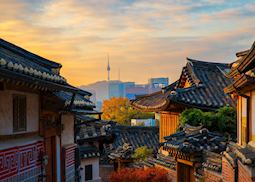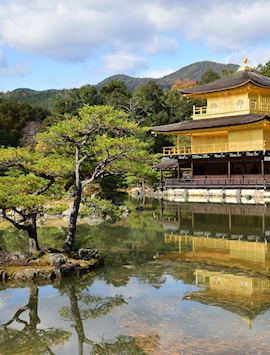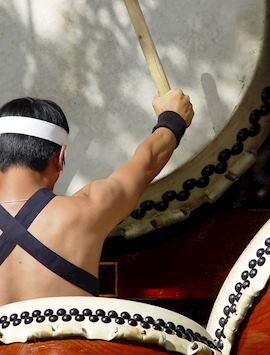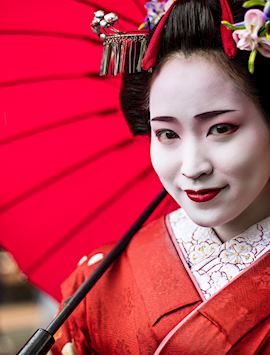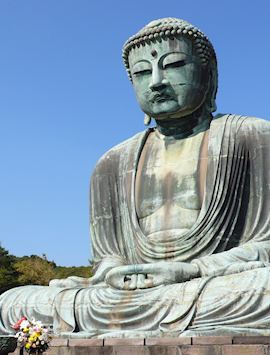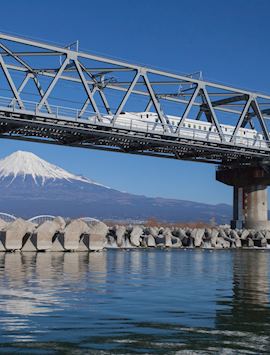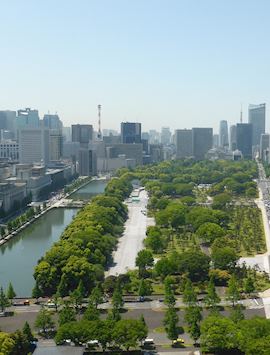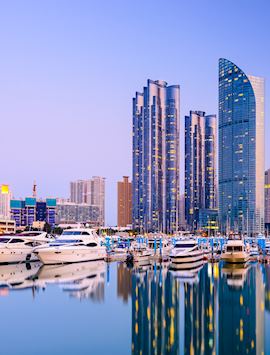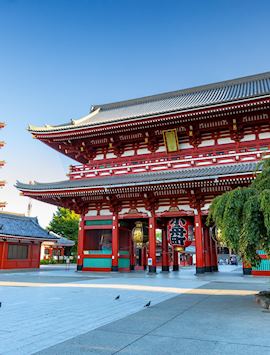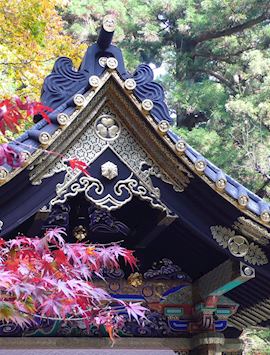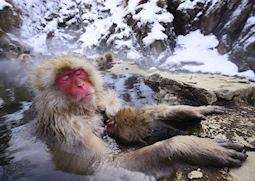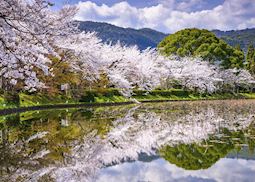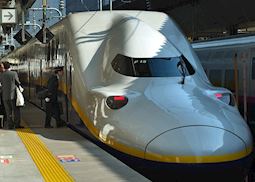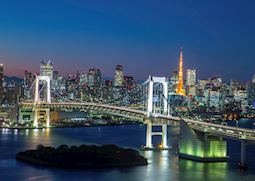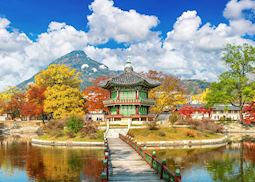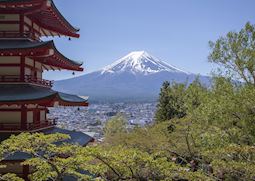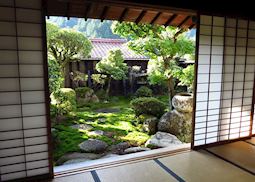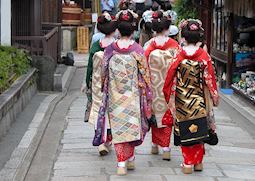
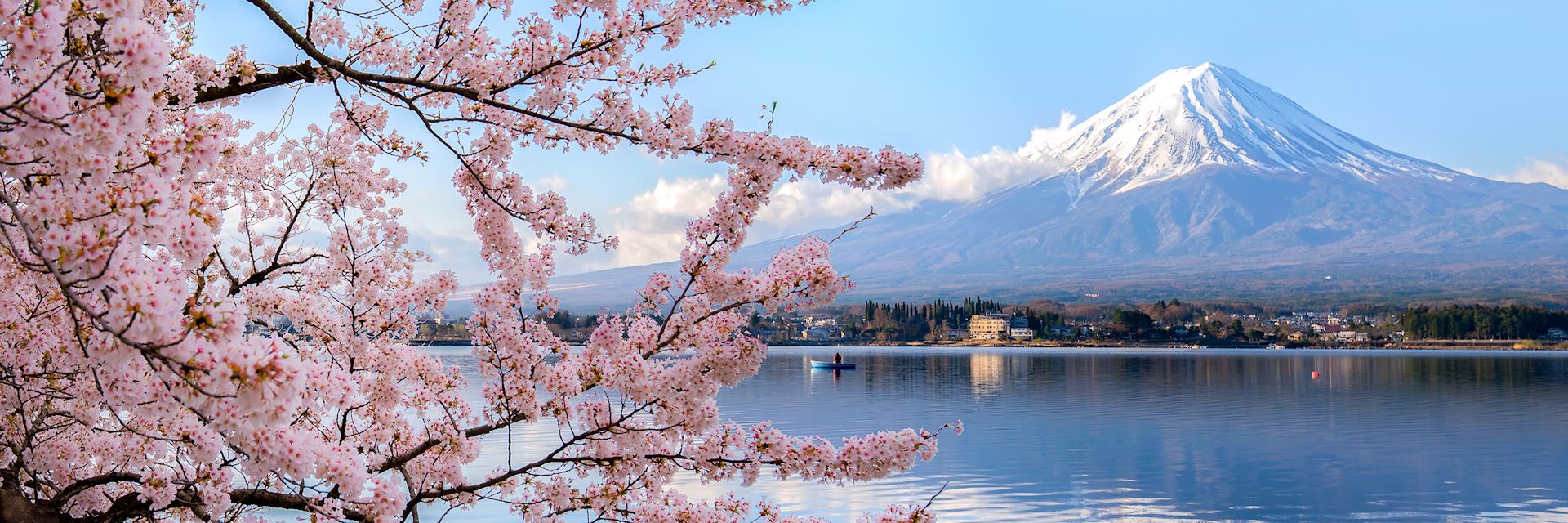
Experts in tailor-made vacations to North Asia & Japan
Some of the world’s oldest and largest empires originated in this part of the world, and our specialists can arrange for you to take part in one-off experiences that get to the heart of these countries’ cultures, their storied pasts and complex present. You could find yourself staying the night in a Mongolian ger camp, or riding the Trans-Siberian Railway. Learn ninja swordplay in Kyoto, or hike a remote section of the Great Wall.
North Asia and its nearby countries are also sometimes seen as austere and bureaucratic — a by-product, perhaps, of Communism (which still holds sway in some of these places). But, our specialists are eager to show you that these countries aren’t nearly so different and daunting if you take the time to travel there, and go with an open mind.
who's been there
-
617-223-4521617-223-4700
- Make an inquiry
Where you can travel with us in North Asia & Japan
Our specialists can help you plan your trip, individually focusing on your tastes and interests, to the destinations below.
Trip ideas in North Asia & Japan
These itineraries will give you a starting point for what your trip could entail. They cover routes that we've found work particularly well and feature some of our favorite places to stay. Treat them just as inspiration, as each trip is created uniquely for you and there are many more options available.
Our expert guides to exploring North Asia & Japan
Capturing our specialists’ extensive travel experience in North Asia & Japan, these guides share inspiration, recommendations and our honest advice for how to enjoy the best of what the region can offer in the most authentic ways. From the wealth of options we describe, you can narrow down the choices and start to shape your own trip.
-
Visiting Japan with your children ![Snow monkeys of Yudanaka]()
Visiting Japan with your children
Visiting Japan with your children
A futuristic and vibrant country, Japan is a destination that appeals to family members of all ages. Safe, clean and with a good infrastructure, there are plenty of ways to explore. Japan specialist, Jake, talks us through how to get the most of your family vacation in Japan.
Read this guide -
Stay in a ryokan ![Spa, Gora Kadan]()
Stay in a ryokan
Stay in a ryokan
A stay in a ryokan, or traditional Japanese inn, is often the highlight of a trip to Japan. From the warm hospitality and exquisite food to bathing in the steaming waters of an onsen, Japan specialist Tesia talks you through the experience.
Read this guide -
What to do in Japan: our highlights guide ![Geisha of Japan]()
What to do in Japan: our highlights guide
What to do in Japan: our highlights guide
Having lived and traveled across the country, our Japan Specialist Caitlin has compiled her highlights, from observing centuries-old rituals to the learning about the most modern technology.
Read this guide -
Japan’s seasons: cherry blossom and beyond ![Cherry Blossom in Kyoto]()
Japan’s seasons: cherry blossom and beyond
Japan’s seasons: cherry blossom and beyond
Each Japanese season brings a raft of distinct experiences, from spring’s cherry blossom to winter’s snow crab delicacies. Japan specialist Laura shares the highlights of each time of year to help you decide when to visit Japan.
Read this guide -
Japan’s bullet trains: an all-you-need-to-know guide ![Shinkansen]()
Japan’s bullet trains: an all-you-need-to-know guide
Japan’s bullet trains: an all-you-need-to-know guide
Japan has long been celebrated for its high-speed train innovations. Japan specialist Phil explains why, for him, Japan’s bullet trains are an ideal way to see the country. He shares his experiences riding the trains through Japan and how to incorporate them into your trip.
Read this guide -
Value Japan: how to make your money go further ![Tokyo Bay, Japan]()
Value Japan: how to make your money go further
Value Japan: how to make your money go further
Japan specialist Rory explains how, by visiting his recommended places to eat and stay, and choosing the time you travel wisely, a good-value trip to Japan is more achievable than ever.
Read this guide -
What to do in South Korea: our highlights guide ![Pagoda in the autumn]()
What to do in South Korea: our highlights guide
What to do in South Korea: our highlights guide
Having explored the country in detail, our South Korea specialist Rory has compiled his trip highlights, from Seoul’s modern metropolis to Gyeongju’s Silla-dynasty temples and palaces.
Read this guide -
Mount Fuji ![Chureito Shrine in Kawaguchi-ko]()
Mount Fuji
Mount Fuji
Mount Fuji is, along with geisha, sushi and the bullet train, one of the most iconic images of the country. We can offer advice on where to view Japan's most famous landmark, as well as how to incorporate some of these other sights into a tailor-made trip to Japan.
Read this guide -
Honeymoons in Japan ![Backyard garden, Tsumago, Japan]()
Honeymoons in Japan
Honeymoons in Japan
Honeymoon couples looking for a cultural adventure will be spoiled for choice in Japan. Country specialist, Layla, discusses some of the highlights for those wishing to honeymoon here.
Read this guide

